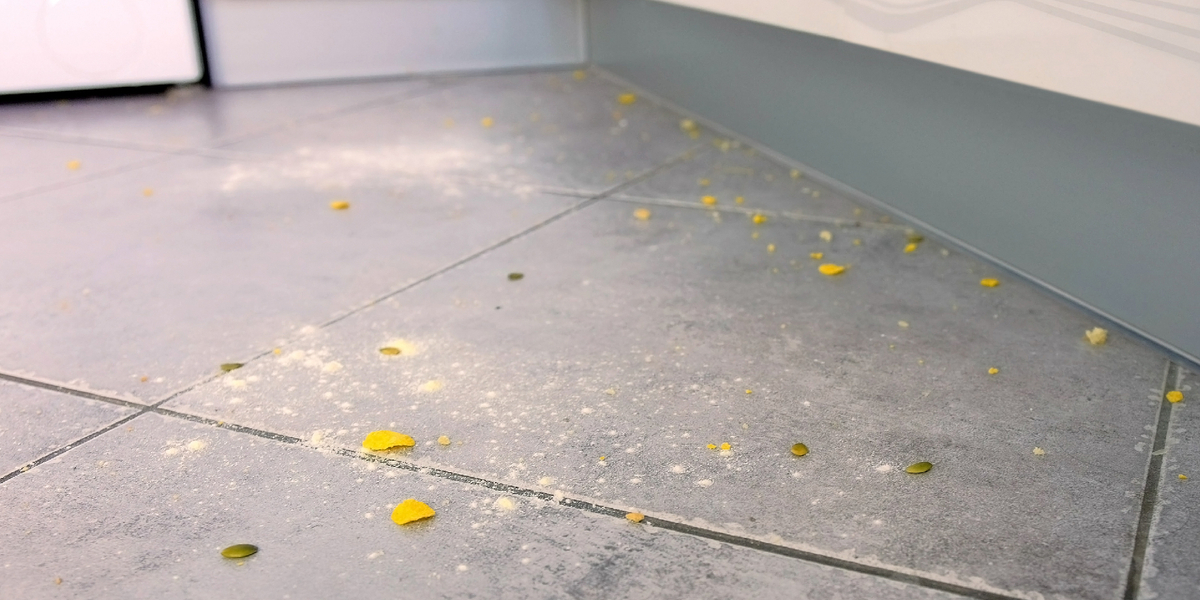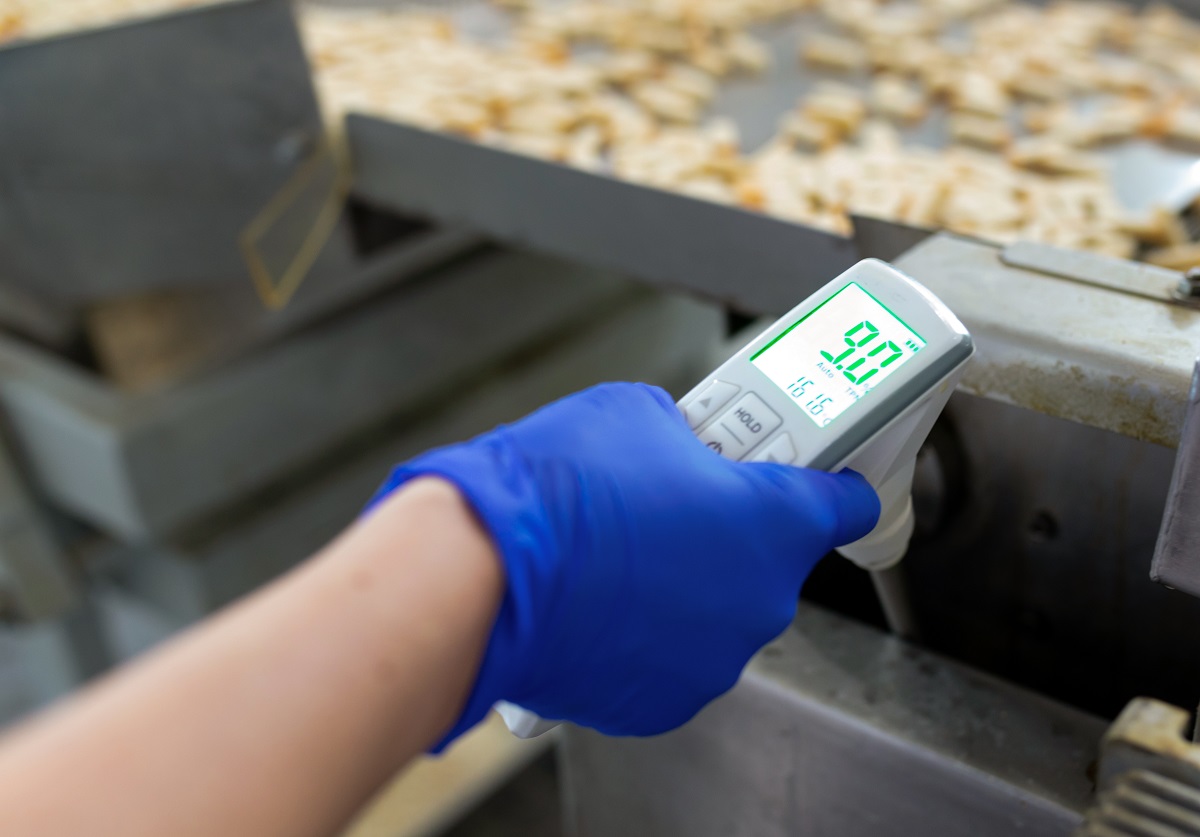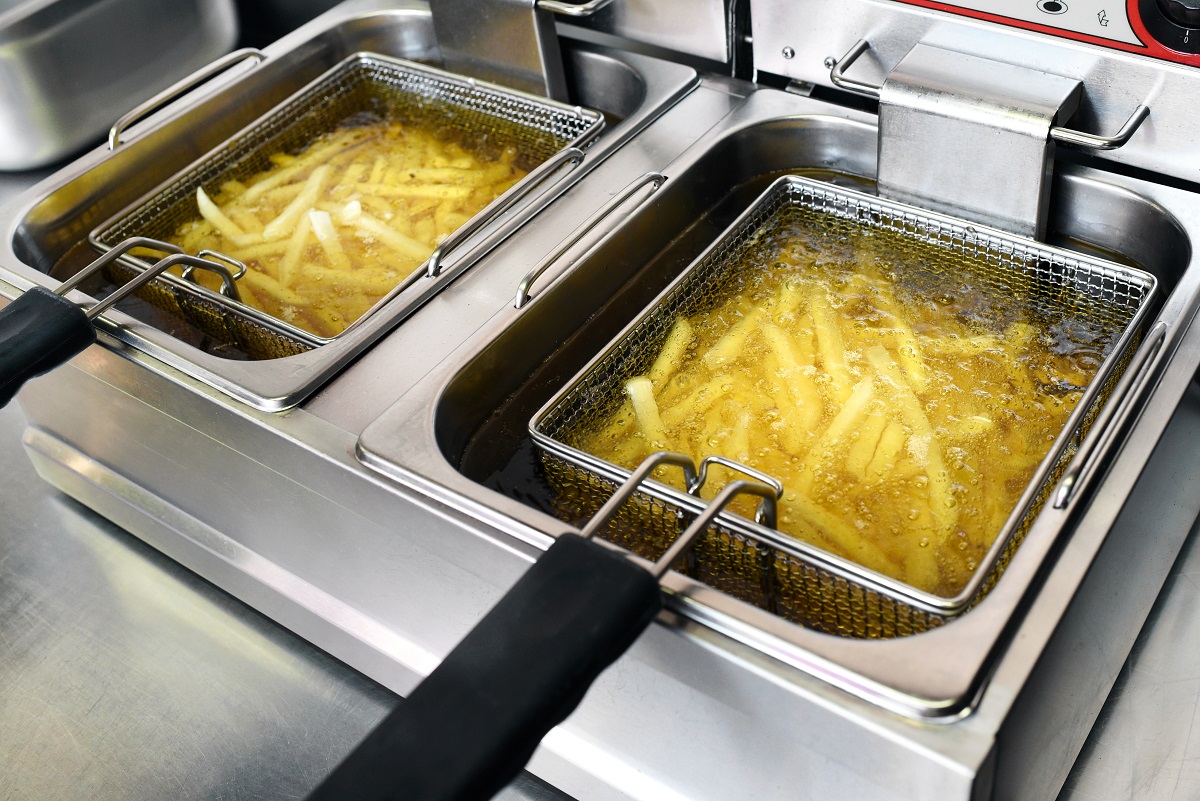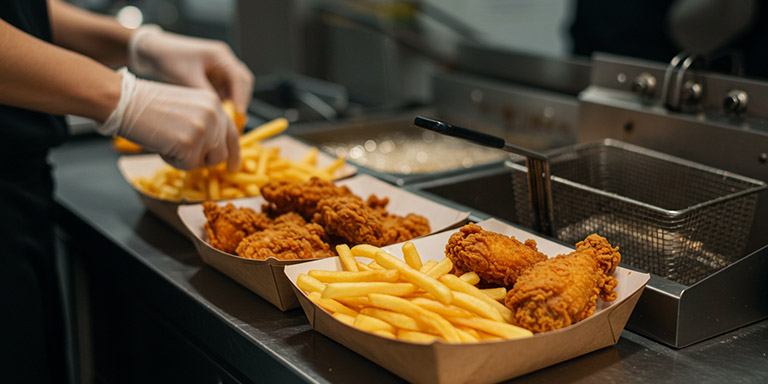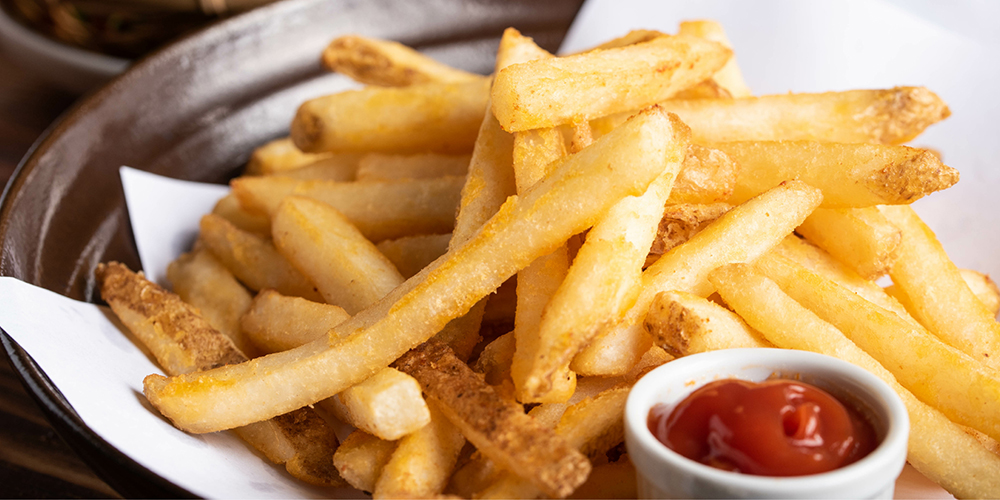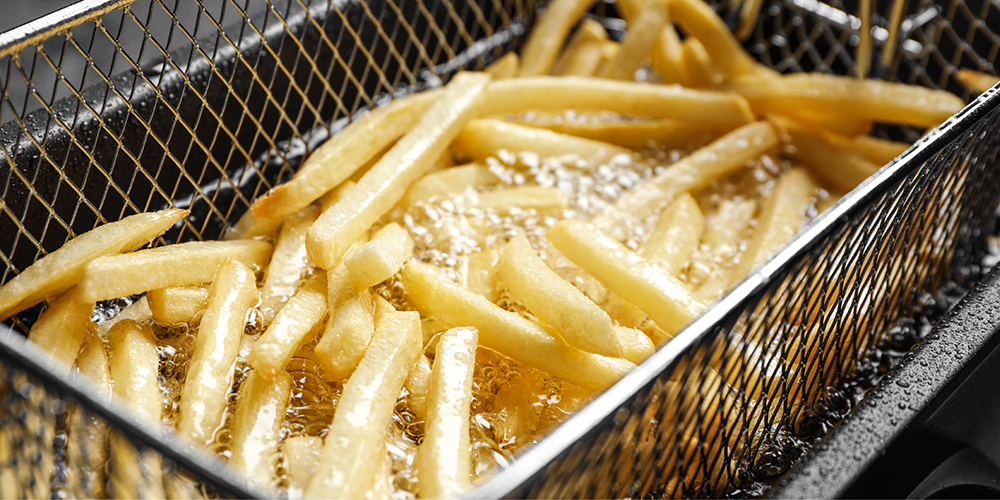Your restaurant offers hungry guests and food service fanatics a safe haven. But when pests threaten the peace and safety of those inside, your restaurant may feel more like a battleground.
Pests pose several serious problems for restaurants, impacting your diners, staff, reputation, and infrastructure. What should you do when critters or creepy crawlies break in? And how can you prevent them from returning?
Don’t lose the fight against common restaurant pests. Learn how to spot the signs of potential invaders and take action to reclaim your territory and shore up your defenses with these key restaurant pest control tips.
1. Understand the Importance of Pest Control
The answer’s in the name: pests. Everyone knows that pests don’t belong inside—especially not in a food service establishment.
Keeping pests out of your restaurant matters for several reasons:
- Meeting health code regulations
- Protecting your staff and diners from pest-related health risks
- Providing a safe and pleasurable dining experience for customers
To achieve this, consider implementing effective pest prevention tips that can help maintain a pest-free environment in your restaurant.
Health Risks Posed by Pests
Besides raiding your pantries and leaving unwanted gifts on the floor, pests pose serious health risks that can harm your staff and diners. Ensuring food safety is important, as common restaurant pests can compromise it in several ways, including1:
- Allergies – Some pests double as allergens. They can trigger a range of allergic reactions, including asthma.
- Food contamination – Many pests carry agents that cause diseases such as Salmonella and E. Coli. People infected with these diseases can experience severe gastrointestinal symptoms.
- Injuries – Pests can sting, bite, scratch, and otherwise injure people in your restaurant if left unchecked.
2. Identify Common Pests in Restaurants
To effectively control or prevent any pest problem, you first need to know what nasties you’re dealing with.
Types of Pests
Common pests that usually find their way into restaurants include:
- Rodents and other mammals – Mice, rats, squirrels, bats, raccoons, etc.
- Insects – Bees and wasps, cockroaches, ants, black flies and gnats, etc.
- Birds – Pigeons, house sparrows, etc.
Signs of Pest Infestation
If you see a pest, you know immediately that you have a breach. Pests tend to sneak around and hide, however, making them difficult to spot outright. Instead, you’ll need to recognize more subtle signs of infestation, such as2:
- Pest droppings (including what looks like small, dark specks)
- Nests
- Egg casings
- Strong, unpleasant odors
- Scratched or damaged packaging
3. Implement Preventive Measures
Even if you don’t have pests now, you should always have comprehensive preventive measures in place. Don’t simply remove pests—keep them out for good with these strategies.
Maintaining Cleanliness
Don’t give pests a reason to infiltrate your restaurant; implement a strict, thorough restaurant cleaning schedule that includes:
- Daily sweeping and cleaning of high-traffic areas, including the dining area
- Prompt trash removal
- Dumpster area maintenance
Also, consider the sanitary impact of your oil management service, if you have one. Do they leave oil harvesting tanks near your dumpsters where they can attract unsavory guests? Unlike other services, Restaurant Technologies’ Total Oil Management uses enclosed tanks that keep used grease in and harmful pests out, helping to prevent future infestations.
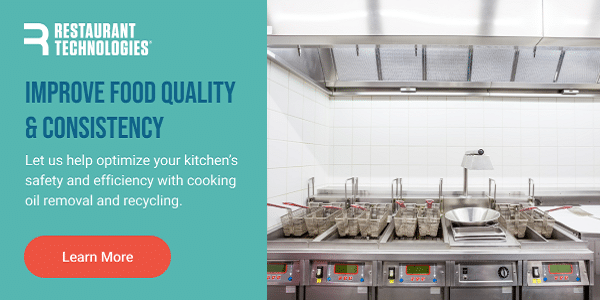
Proper Food Storage
If you leave food scraps or crumbs out in the open, you can almost guarantee that pests will find them. Even packaged food can attract pests if stored improperly.
Remove these pest enticements by practicing these food storage standards3:
- Promptly freeze or refrigerate perishable food items
- Store all food items away from the floor
- Use secure or air-tight containers
- Remove old or spoiled foods from storage areas immediately
4. Use Pest Control Products and Services
In the unfortunate event that pests infiltrate your restaurant (despite your best efforts), turn to appropriate pest control measures like products and professional services.
Selecting the Right Products
Some pest control products work effectively, but you don’t always want them near the food. To keep your diners safe from pests and pesticides, select products that you can safely use in a restaurant.
Look for products recommended for food service, or choose non-chemical pest control options such as4:
- Noisemakers
- Bug zappers
- Reflective paneling
- Humane catch-and-release traps
Hiring Professional Services
You’re a restauranteur, not an exterminator—you can’t always get the job done on your own.
If your previous pest control efforts have failed, contact qualified professionals with a good track record serving restaurants. They can provide comprehensive solutions and pest prevention strategies or premium pest control.
5. Conduct Regular Monitoring and Maintenance
Get pests out and keep them out by staying vigilant against vermin.
Routine Inspections
Keep a close eye out for signs of pests with routine inspections. Make sure to check:
- Past or potential pest entry points
- Food packages and storage spaces
- Outdoor and dumpster areas
Updating Pest Control Plans
Pest threats can change depending on weather, season, and more. Stay ahead of the curve by regularly adapting your pest control plan.
Also, keep your staff well-informed of any changes. Train them to recognize the signs of pest infestation and practice proper cleaning and prevention measures. Encourage consistent handwashing practice as a critical part of maintaining food safety and preventing pest-related causes of foodborne illnesses. With a unified front, you can defend your restaurant from any pest-related threats.
Enhance Your Pest Control Practices with Automated Oil Management from Restaurant Technologies
Effective bulk cooking oil management strengthens any restaurant’s pest control strategy—and automated services can revolutionize the way your kitchen handles the worst parts of the job.
Run your kitchen like a well-oiled machine with Total Oil Management, which eliminates grease spills inside and outside the restaurant, as well as the need for rendering tanks. This system also reduces the risk of attracting pests.
Our automated restaurant oil management systems stock and monitor your cooking oil to maximize oil life and save you money. When it’s time for oil removal, don’t worry—we handle your greasy messes for you. Concerned about waste? We recycle your used oil into renewable fuel. We’re resourceful like that.
Let us control your kitchen’s chaos with automated cooking oil management. Call or message us to get started today.
Sources:
- Environmental Protection Agency. List of Pests of Significant Public Health Importance. https://www.epa.gov/insect-repellents/list-pests-significant-public-health-importance
- Food Safety Magazine. Common Pests in Restaurants and How to Deal With Them—Part 1. https://www.food-safety.com/articles/7828-common-pests-in-restaurants-and-how-to-deal-with-thempart-1
- Terminix. How Proper Food Storage Can Help Your Restaurant Keep Pests Away. https://www.terminix.com/blog/commercial/how-proper-food-storage-can-help-keep-pests-away/
- National Pesticide Information Center. Non-Chemical Pest Control Devices. http://npic.orst.edu/reg/devices.html
